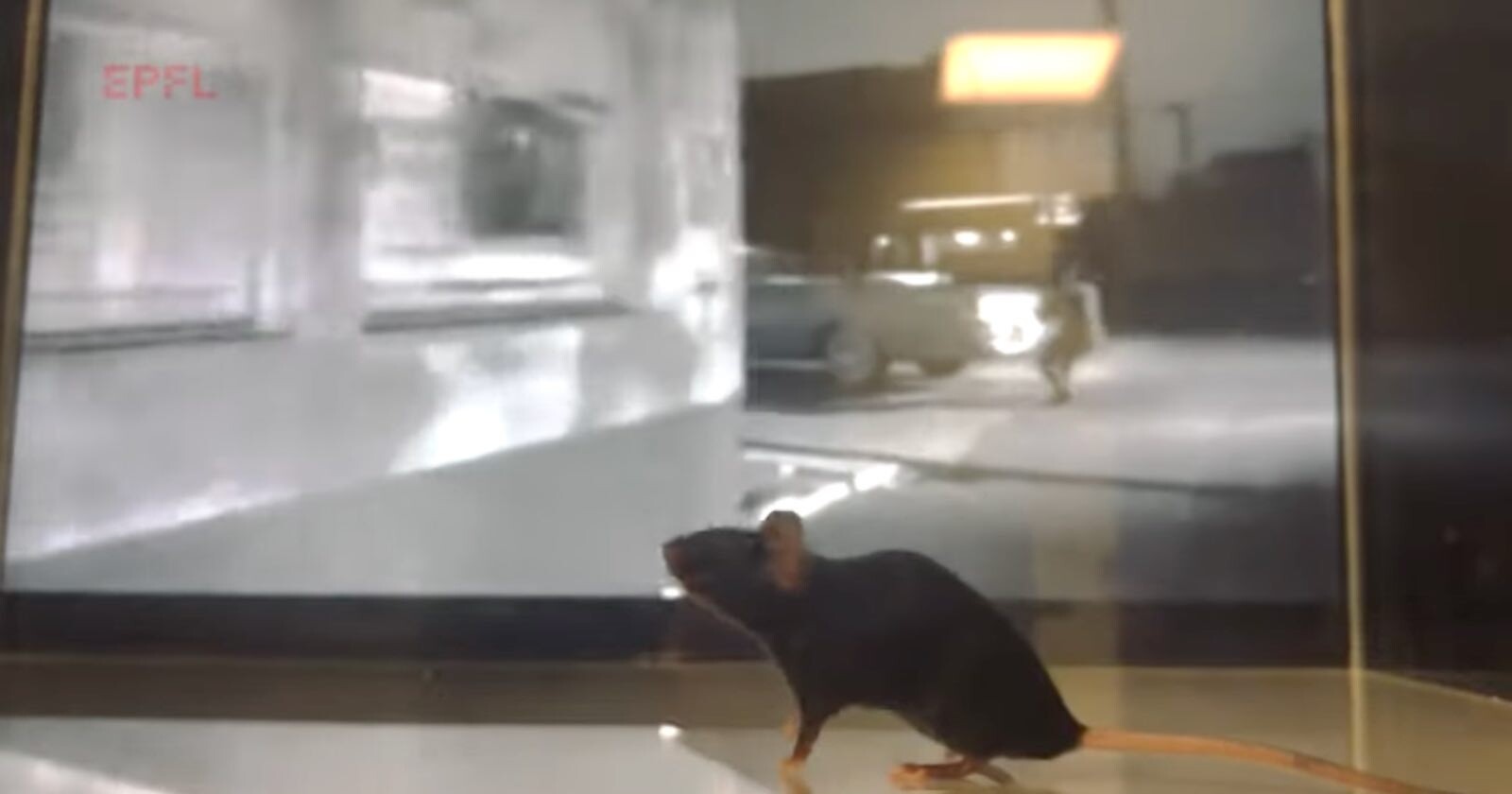
Scientists used artificial intelligence (AI) to decode a mouse's brain signals as it was watching a film and accurately reproduce the movie clip it was seeing. [Read More]
petapixel.com2023-5-4 21:56

Scientists used artificial intelligence (AI) to decode a mouse's brain signals as it was watching a film and accurately reproduce the movie clip it was seeing. [Read More]
petapixel.com
Scientists used remote cameras over 10 years to capture unprecedented footage of polar bear cubs emerging from dens for the first time. [Read More] petapixel.com »
2025-02-27 18:41
A team of researchers has developed a machine-learning technique to give the first-ever image of a supermassive black hole a new, sharper look. [Read More] petapixel.com »
2023-04-13 23:52
A dual-shutter vibration-sensing system developed by Carnegie Mellion University (CMU) researchers uses standard, ordinary cameras to see sound vibrations with such precision that it can reconstruct the music made by a single instrument out of a band. [Read More] petapixel.com »
2022-06-22 22:32
A team of scientists from the Swiss Federal Institute of Technology in Zurich (ETH Zurich) have figured out how to capture super slow-motion footage using what’s called an “Event Camera.” That is: a camera that sees the world in a continuous stream of information, the way humans do. Regular cameras work by capturing discreet frames, […] petapixel.com »
2019-07-09 22:23
Narwhals are famous for their long ivory tusks, which reach lengths of up to nine feet. Documentary filmmaker Adam Ravetch and Fisheries and Oceans Canada used video captured by drones to discover a previously unknown use for the tusk: it's used to tap and stun fish before eating them. dpreview.com »
2017-05-17 22:54
When an object breaks the sound barrier—accelerates to the point where it’s moving faster than the speed of sound—it creates pressure waves that result in what is called a “sonic boom” and Mach cone. petapixel.com »
2017-01-23 22:28